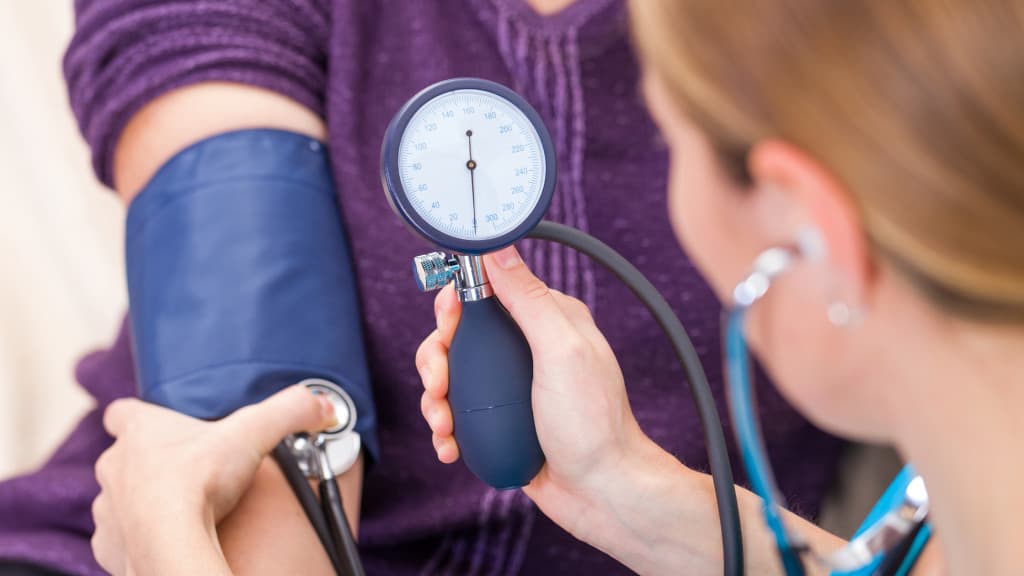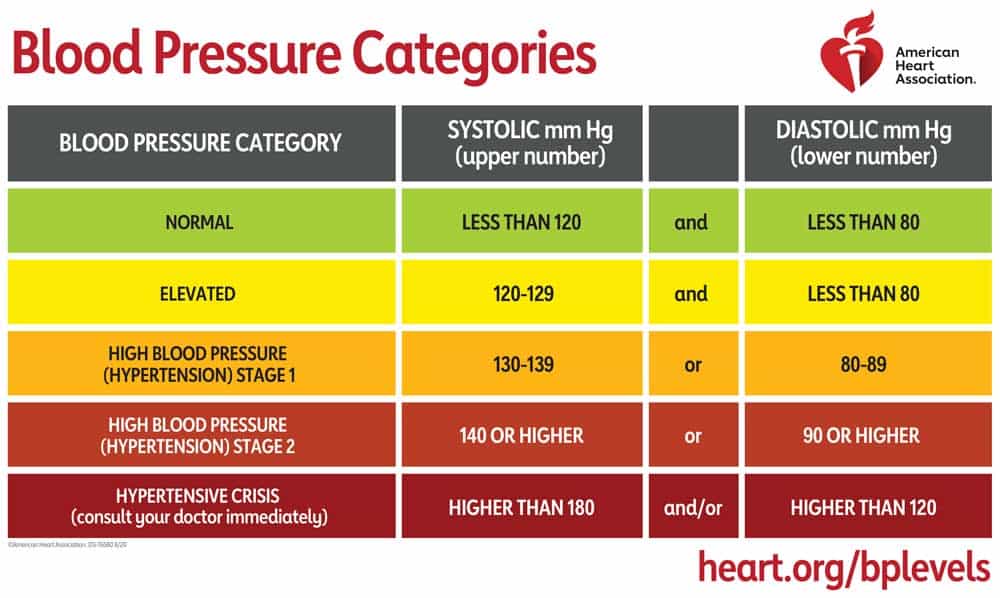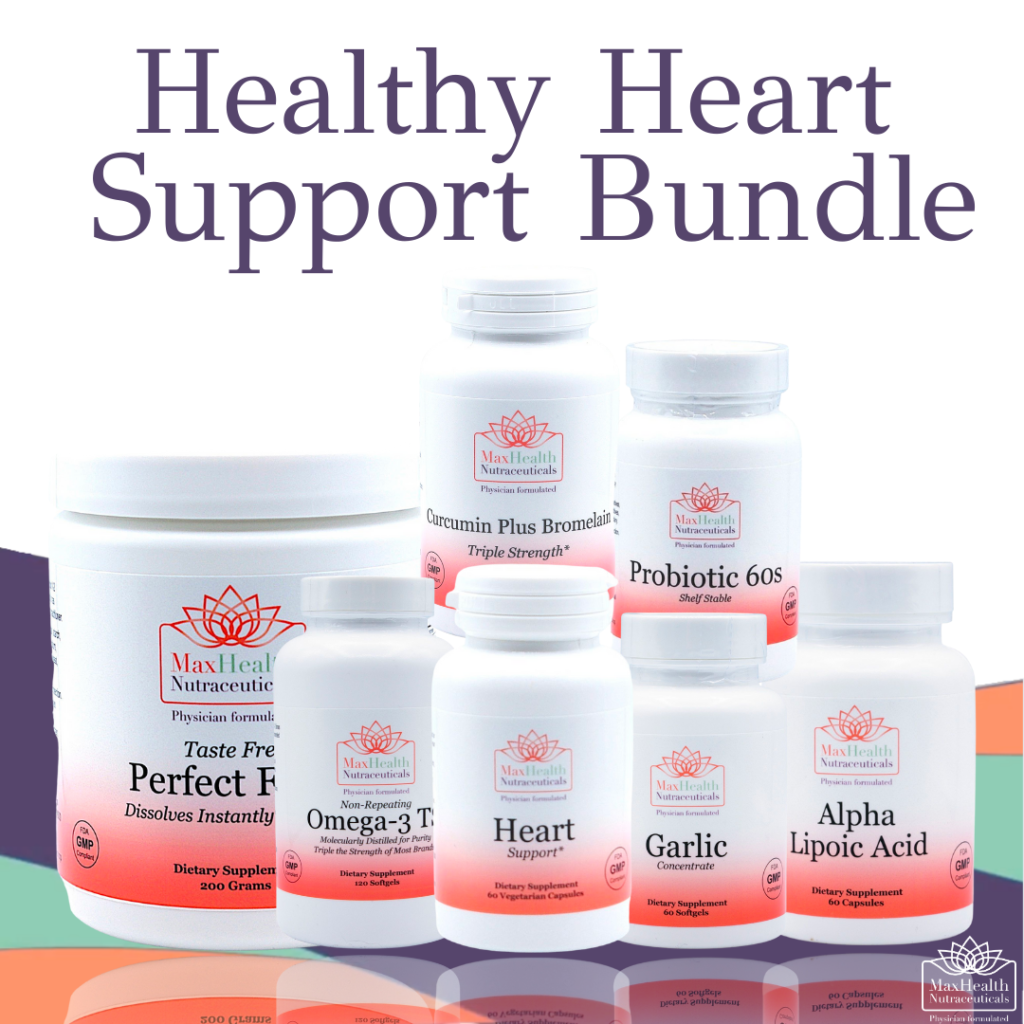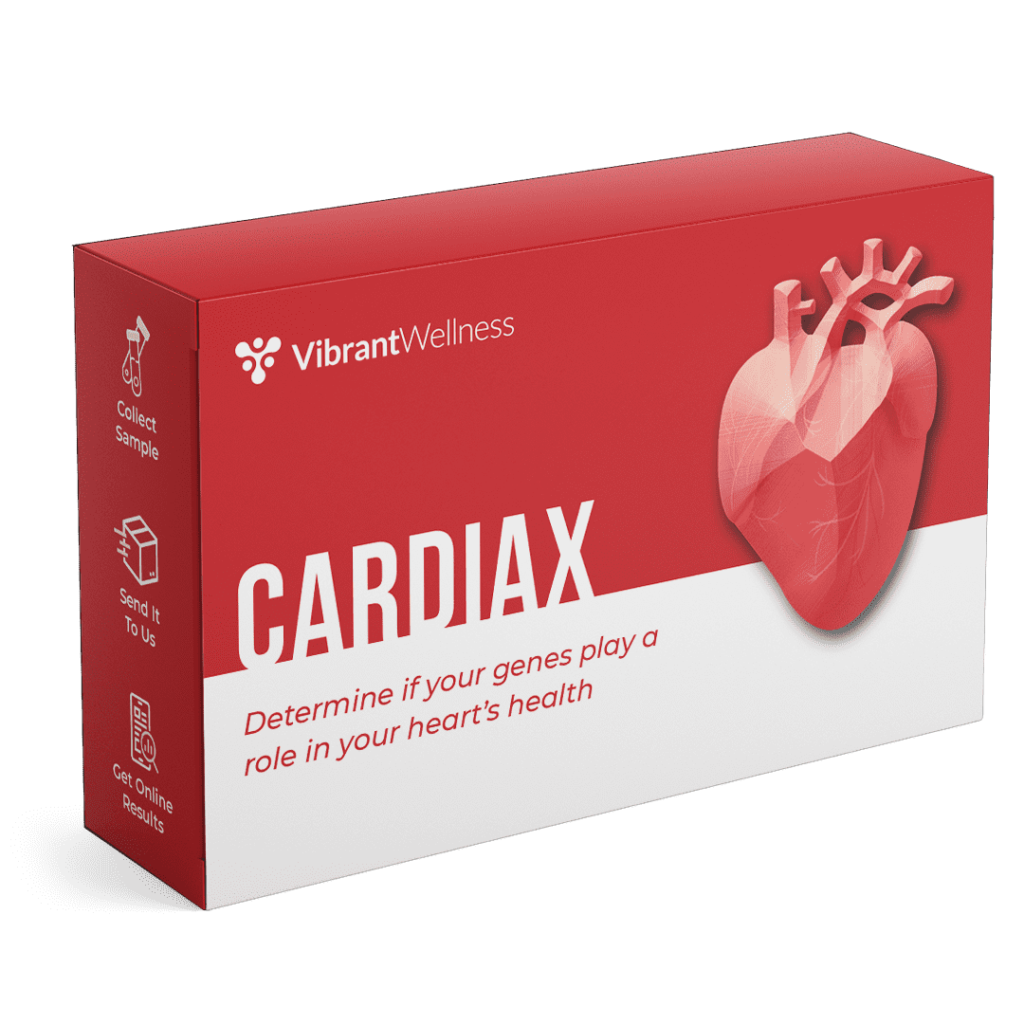

It was a hot summer day when Sarah walked into her doctor’s office, feeling anxious about her high blood pressure. As she sat in the waiting room, she couldn’t help but feel worried about what her doctor was going to say.
Finally, the door opened, and her doctor, Dr. Nicolle, stepped out. “Sarah, come on in,” she said warmly.
Sarah followed her into the examination room, feeling nervous as she sat down in the chair.
“So, how have you been feeling lately?” Dr. Nicolle asked, looking over Sarah’s chart.
“I’ve been feeling pretty good, but I’ve been having some headaches and I’ve noticed my blood pressure is high,” Sarah admitted.
Dr. Nicolle nodded, “Let’s take a look at your blood pressure readings over the last few weeks,” she said, pulling up a chart on her computer.
As she reviewed the chart, Sarah felt a knot form in her stomach. “Is it really that bad?” she asked, her voice trembling.
Dr. Nicolle smiled reassuringly, “Don’t worry, Sarah. We can work together to get your blood pressure under control. Let me explain what these readings mean and what we can do about them.”
And with that, Dr. Nicolle went on to explain the different levels of blood pressure and what they indicated. She showed Sarah a chart that clearly illustrated the different levels of blood pressure and what actions to take at each level.
As Sarah listened intently, she began to feel a sense of relief. Dr. Nicolle’s explanation had given her a clear understanding of her blood pressure readings and what she needed to do to improve her health.
“Thank you so much, Dr. Nicolle,” Sarah said gratefully as she left the office. “I feel so much better now that I understand what’s going on and what I need to do.”
As Sarah walked out of the office, she knew that she had a clear path forward, and that with Dr. Nicolle’s help, she could take control of her health and her life.
If you would like to learn more, continue reading…

Understanding blood pressure chart readings is crucial for busy professionals looking to take control of their health. With the prevalence of hypertension and its potential impact on overall well-being, having a clear grasp of these readings can be life-changing. This guide will offer a deep dive into the complexities of blood pressure charts and arm you with essential information to manage your cardiovascular health.
We’ll begin by exploring the various stages of blood pressure, from normal levels to elevated pressures and even hypertensive crises. Then, we’ll discuss how to accurately measure your own blood pressure at home using proper techniques and equipment. Furthermore, our focus will shift towards functional medicine approaches that address root causes and emphasize personalized treatment plans based on individual needs.
Lastly, we’ll cover lifestyle changes that promote healthy blood pressure levels such as maintaining a balanced diet rich in fruits and vegetables while limiting alcohol consumption, alongside regular exercise routines. Additionally, low blood pressure concerns (hypotension) will also be addressed through symptom recognition and management strategies aimed at preventing hypertension development.

Minimize Medications. Maximize Health.
Are you super busy but need to take control of your health? Are you tired of being tired? Subscribe to my “Minimize Medications, Maximize Health Blog” and I’ll give you 7 Tips to Get Healthy in No Time absolutely FREE.
High blood pressure or hypertension, usually has no symptoms and in many cases, is caught when the damage is already done. It is a chronic condition, which must be managed on a daily basis throughout your life. The only way to know if you have it is to get your blood pressure measured. You need to know your blood pressure ranges, what is healthy for you, and learn ways to avoid high blood pressure, as well as low blood pressure. Talk with your health care team about how you can manage your blood pressure and lower your risk.
A high blood pressure chart is a tool that can show you high and low blood pressure ranges. If you have never bothered about charts for blood pressure, perhaps it is time you did. Ultimately, high blood pressure should be avoided for better health.
Understanding Blood Pressure Chart Readings
Blood pressure chart readings are crucial for determining if one’s levels are healthy or require improvement. The American Heart Association recognizes five blood pressure ranges, from normal to hypertensive crisis/emergency. Learning how to read these charts can help busy professionals take control of their health.
Normal, Elevated, and Hypertension Stages 1 & 2
The systolic pressure is measured when the heart beats and diastolic when it rests, with a normal range of 120 mm Hg for the former and 80 mm Hg for the latter. Systolic measures the force your heart exerts on the walls of your arteries when it beats, while diastolic is the force exerted when your heart is at rest between beats.
- Normal: A systolic reading below 120 mm Hg and a diastolic reading below 80 mm Hg falls within the normal range.
- Elevated: If you have a systolic measurement between 120-129 mm Hg and a diastolic measurement less than 80 mm Hg, you fall into this category. It indicates that you’re at risk for developing high blood pressure in the future.
- Hypertension Stage 1: This stage includes systolic measurements ranging from 130-139 mm Hg or diastolics between 80-89 mm Hg. At this point, lifestyle changes may be recommended to lower blood pressure without medication intervention.
- Hypertension Stage 2: Here we find systolics above or equal to 140 mm Hg or diastolics equal to or above 90 mm Hg. Medication may be prescribed alongside lifestyle changes in this stage.
Hypertensive Crisis/Emergency
A hypertensive crisis is identified by a systolic reading of 180 mm Hg or higher and/or a diastolic level of 120 mm Hg or more, which requires urgent medical attention as it can cause life-threatening complications. This is considered an emergency situation that requires immediate medical attention as it can lead to life-threatening complications such as heart attack, stroke, and organ damage.
Understanding blood pressure chart readings is essential for any busy professional interested in taking control of their health, as it can help identify and prevent potential issues. Accurately tracking your blood pressure can be done at home, but the right equipment and technique must be employed to get reliable readings.

Measuring Blood Pressure at Home
Regular monitoring of blood pressure at home using accurate equipment is essential in identifying potential issues early on. In this section, we’ll discuss the proper techniques for measuring blood pressure at home and how often it should be measured to ensure effective management of one’s condition.
Selecting the Right Equipment
The first step towards accurate blood pressure measurement is choosing a reliable device. The American Heart Association recommends an automatic, cuff-style, bicep (upper-arm) monitor as they provide more consistent results than wrist or finger monitors. Look for devices that have been validated by reputable organizations like the AHA or British Hypertension Society.
Proper Technique for Taking Measurements
- Sit comfortably: Sit with your back supported and feet flat on the floor; avoid crossing your legs.
- Bare your arm: Remove any tight clothing from your upper arm where you will place the cuff.
- Cuff placement: Position the cuff snugly around your upper arm, making sure it’s level with your heart and about an inch above elbow crease.
- Rested state: Rest quietly for five minutes before taking a reading to ensure accuracy.
- Avoid distractions: Refrain from talking or looking at electronic devices during measurements as these can affect readings significantly.
Frequency of Measurement
To establish a baseline understanding of their normal range, individuals should measure their blood pressure at least twice a day (morning and evening) for one week. Once the baseline is established, it’s recommended to keep tracking blood pressure levels at least once or twice every seven days. However, if you have been diagnosed with high blood pressure or are taking blood pressure medications, your healthcare provider may recommend more frequent measurements.
Keeping tabs on your blood pressure with a home monitoring system is an excellent way to monitor any changes in health and observe the effects of lifestyle modifications. With the right equipment, technique, and frequency of measurement, you can accurately measure your blood pressure from the comfort of your own home. By taking an integrative approach to managing high or low blood pressure through lifestyle changes and natural remedies, busy professionals can take control of their health without relying on medications alone.
Functional Medicine Approaches to Blood Pressure Management
Current research advancements related to hypertension management include functional medicine approaches alongside traditional treatment options available today. By understanding these methods, individuals living with chronic diseases stand better chances at improving overall well-being while reducing associated risks linked directly towards elevated blood pressure levels.
Integrative approach focusing on root causes
In contrast to conventional medicine that often focuses on treating symptoms, functional medicine aims to address the underlying root causes of health issues like high blood pressure. This integrative approach considers factors such as genetics, environment, and lifestyle choices when developing a personalized treatment plan for each individual.
Personalized treatment plans based on individual needs
Rather than prescribing one-size-fits-all solutions like standard blood pressure medications, functional medicine practitioners work closely with patients to create customized treatment plans tailored specifically according to their unique needs and circumstances. These may involve a combination of dietary changes, stress reduction techniques, exercise routines or even natural remedies such as herbs known for lowering blood pressure.
- Dietary changes: Incorporating heart-healthy foods rich in potassium and magnesium can help regulate blood pressure naturally.
- Stress reduction: Techniques like meditation or yoga can assist in managing stress levels which contribute significantly towards elevated blood pressure numbers.
- Natural remedies: Herbal supplements such as hawthorn berry extract have been shown effective in supporting healthy cardiovascular functions including maintaining optimal ranges within systolic/diastolic measurements alike.
Emphasis on lifestyle changes and natural remedies
A core principle of functional medicine is the belief that many chronic diseases, including high blood pressure, can be prevented or managed through healthy lifestyle choices. By prioritizing heart-healthy habits, individuals can significantly reduce their reliance on medications while improving overall well-being. Some key areas to focus on include:
- Consuming a nutritionally balanced selection of foods that encompass fresh produce, whole grains, lean proteins and beneficial fats is essential for heart health.
- Regularly engaging in physical activity for 150 minutes each week, such as walking, swimming or cycling.
- Limited alcohol consumption to no more than one drink per day for women and two drinks per day for men.
- Avoiding tobacco products entirely which are known contributors towards developing heart disease over time if left unchecked within one’s daily routine habits altogether.
Incorporating these functional medicine approaches into your daily life not only helps manage blood pressure but also promotes overall health and vitality by addressing other potential risk factors associated with chronic diseases like heart disease or stroke.
Functional Medicine approaches to Blood Pressure Management emphasize a personalized treatment plan that focuses on addressing the root causes of high blood pressure. By making lifestyle changes such as maintaining a balanced diet, limiting alcohol consumption and regular exercise routines, we can effectively manage our blood pressure levels for optimal health.
Lifestyle Changes for Healthy Blood Pressure Levels
A healthy lifestyle plays a significant role in preventing or delaying the onset of hypertension and reducing life-threatening complications. In this section, we’ll explore various heart-health practices that can contribute positively towards maintaining an ideal blood pressure range.
Maintaining a Balanced Diet Rich in Fruits and Vegetables
One of the most effective ways to keep your blood pressure within the normal range is by consuming a diet rich in fruits, vegetables, whole grains, lean proteins, and low-fat dairy products. The American Heart Association encourages following the DASH plan, which has been scientifically demonstrated to reduce hypertension.
Limiting Alcohol Consumption
Moderate alcohol consumption is defined as up to one drink per day for women and two drinks per day for men; however, excessive alcohol intake can lead to elevated blood pressure levels over time. By limiting your alcohol consumption or abstaining altogether from it, you’re taking proactive steps toward better heart health.
Regular Exercise Routines
Participating in frequent physical activity is another critical element of keeping a balanced blood pressure. The American Heart Association suggests aiming for at least 150 minutes of moderate-intensity aerobic exercise or 75 minutes of vigorous-intensity aerobic exercise per week, spread out over three to four days.
- Moderate-intensity activities: brisk walking, swimming, dancing, and cycling on flat terrain.
- Vigorous-intensity activities: running, jumping rope, high-intensity interval training (HIIT), and uphill cycling.
Incorporating these heart-healthy habits into your daily routine can significantly impact your overall well-being while keeping those pesky blood pressure numbers within the desired range.
Making small lifestyle changes can help you maintain healthy blood pressure levels. To better handle hypotension, it is critical to be aware of the signs and approaches for dealing with low blood pressure as well as warding off hypertension.
Addressing Low Blood Pressure Concerns (Hypotension)
While low blood pressure (hypotension) is generally considered an indicator of good health, it may cause concern in certain situations. People experiencing hypotension can minimize their risk factors for developing high blood pressure through proper nutrition and exercise habits. In this section, we’ll look at how to identify the signs of hypotension, strategies for managing it effectively and preventive measures against hypertension.
Symptoms of Low Blood Pressure
Low blood pressure might not always show noticeable symptoms; however, when they do occur, it’s essential to recognize them promptly. Some common signs include:
- Dizziness or lightheadedness
- Fainting (syncope)
- Nausea
- Fatigue
- Lack of concentration
- If you have persistent or severe symptoms of hypotension, it is important to seek medical advice immediately.
Strategies to Manage Hypotension
If you’re dealing with occasional episodes of hypotension or have been diagnosed with chronic low blood pressure by a medical professional, here are some tips that can help manage your condition effectively:
- Maintain adequate hydration: Drinking enough water throughout the day helps maintain healthy circulation and prevents dehydration-related drops in blood pressure.
- Increase salt intake moderately: A higher sodium diet can raise your BP levels slightly but should be done under medical supervision as excessive consumption could lead towards other complications over time too.
- Pay attention to your body position: Changing positions slowly, especially when rising from a seated or lying down posture, can help prevent sudden drops in blood pressure.
- Eat smaller meals more frequently: Eating smaller portions throughout the day instead of three large meals can help maintain stable blood pressure levels and avoid postprandial hypotension (a drop in BP after eating).
Preventing the Development of Hypertension
Maintaining an ideal blood pressure range is crucial for overall health. Here are some heart-healthy habits that can contribute positively towards preventing high blood pressure development:
- Eating a balanced diet rich in fruits and vegetables
- Limited alcohol consumption
- A regular exercise routine such as walking, swimming or yoga.By incorporating these lifestyle changes into your daily routine along with regular monitoring of your BP levels at home using accurate equipment like we mentioned earlier, you’ll be well on your way to achieving optimal heart health.

If you would like to receive a free resource sheet to support your quest for better heart health, click the button below to receive your gift.
I’m excited to talk about this topic today because not only do I truly believe that you have the power to reverse heart disease and lower high blood pressure to improve your health, but the science also agrees! You can adopt healthy lifestyle practices that improve your health and enrich your life, which can in turn improve the lives of those close to you. You have the power to break the cycle of these chronic diseases so that you can leave a legacy of health to your loved ones.
As you may already know, I use lifestyle medicine as the first line of treatment, before medications, to treat lifestyle-related chronic diseases. Lifestyle-related chronic diseases include diabetes, hypertension, obesity, and some cancers, just to name a few. Lifestyle practices, such as eating a whole-food plant-based diet and regular physical activity, can help you improve blood pressure and reverse heart disease. In certain cases, these approaches may even outperform pharmaceutical therapy. But I always tell my patients that conventional medications may be appropriate at this time to prevent catastrophic illness, but over time, you can work to make the necessary lifestyle changes to possibly reduce and/or eliminate medications. Please remember to always consult your physician for your particular needs and circumstances prior to making any decisions whatsoever.
Is Dietary Supplementation Right For You?
There is a common saying, “You can’t outrun a bad diet.” This is especially true when it comes to heart health. Diet is sooooo very important… Did you know that your diet could be the key to a healthy heart? It’s true – what you eat (and don’t eat) can have a big impact on your cardiovascular health. So, if you’re looking to keep your heart in tip-top shape, make sure you pay attention to what you put on your plate.
Unfortunately, it can be difficult to eat a healthy diet in this day and age. It is very important to note that we are not eating the same foods we ate years ago because the soils have been depleted of critical nutrients through current industrial farming practices. And because the soil is not as good as it used to be, the food supply (grown from the depleted soil) is not as good as it used to be. For example, you are not getting the same levels of magnesium as you would have gotten 30 or even 50 years ago.
Second, much of the food has been genetically altered, which can impact the inherent and unique nutritional composition that each food possess. For example, ancient einkorn wheat has less gluten, more protein, more Vitamin A, and more beta carotene, than modern genetically modified wheat.
Third, the toxic load in the environment today is much higher than 100 years ago. We can see this with global warming, toxic landfills, polluted oceans and waterways, etc. Toxicity levels interfere with nutrient assimilation and absorption not just into the foods, but into our bodies as well.
For some people, vitamin and mineral supplements offer important health benefits. Supplements are designed to fight deficiencies found in our diet and complement the food we eat regularly. Supplements are basically “helping hands” to our daily food.
If you need extra help in getting the nutrients you need, and/or are unable to eat better, the supplements in my Healthy Heart Bundle may provide the extra boost you need.
These are my favorite Heart Health Supplements to use! This Healthy Heart Bundle will ensure you have the intake of the important vitamins, minerals, and probiotics to decrease inflammation and boost your innate wellness day and night. Taken together, it’s a solid plan for increasing your body’s natural resiliency while you lose weight and improve your heart health, naturally.
For best results make sure you use my heart health supplements with dietary changes including a whole food plant-based diet, regular exercise (at least 2-3x per week), regular sleep (8 hours per night), and intermittent fasting (at least 1-3x per week).
Tools to Improve Heart Health
Blood Pressure Monitoring
It’s very important to monitor your blood pressure. I often recommend an automatic upper arm blood pressure cuff, but a wrist blood pressure monitor is also acceptable.
Weight Monitoring
Since weight management is very important in blood pressure control, I recommend that you be mindful of your weight and its fluctuations, and that you monitor your weight AT LEAST on a weekly basis. I recommend a scale that includes a body composition monitor.
Taking Charge Of Your Heart Health
Heart health is a big topic. It’s in the news, on our minds, and for good reason; heart disease remains the leading cause of death in the U.S. But what if there was something you could do proactively to help protect your heart from future problems? Enter the CardiaX test—a revolutionary new way to take charge of your heart health!
What is CardiaX?
CardiaX is a comprehensive genetic testing panel that looks at mutations associated with common cardiovascular risks. It can be used to determine if there are any genetic factors at play in your heart health, and it can also identify potential areas of risk that may require further action. With this knowledge, you can make informed choices about your health today with the aim of improving long-term heart health outcomes.
Who Might Benefit from CardiaX?
If you have been diagnosed with or are at risk for atherosclerosis, abnormal cholesterol production, hypertension, stroke risk, and risk for heart attack then you may benefit from this test. Additionally, anyone who wants to know more about their genetic predispositions for common cardiovascular risks may also want to consider taking this test as well.
What Can I Do With My Results?
Your results will give you an indication of whether or not there are any potential genetic markers playing a role in your risk for developing certain conditions related to heart health. From there, you can work with your healthcare provider to develop a plan that takes into account these findings and helps you develop strategies for managing them going forward. In addition to lifestyle changes such as diet and exercise modification, selecting medications that are tailored specifically to your genetics could be beneficial as well.
In A Nutshell…
The CardiaX test is an exciting new way to take charge of your heart health by learning more about how genetics might be playing a role in certain cardiovascular risks. With this knowledge in hand, patients can make decisions informed by their own unique genetic profile that will help reduce their overall risk for developing certain conditions associated with heart disease. This type of proactive approach is key when it comes to protecting ourselves against this all-too-common affliction—so don’t wait another minute! Take control of your future and get started with the CardiaX test today!
Remember, healthy lifestyle behaviors–like eating a whole-foods plant-based diet that is low in sodium, being physically active, and stress management are the best ways to prevent and control high blood pressure. Please talk with your doctor about any complementary health approaches, including supplements, you use.
Blood Pressure Chart Readings FAQs
Typically, a blood pressure reading of less than 120/80 mmHg is seen as normal; however, this may vary due to age or other factors such as ethnicity or activity level and can be classified as high (hypertension) at 130/80 mmHg or low (hypotension) at 90/60 mmHg. Nevertheless, this measure can differ depending on age, ethnicity or level of physical activity. It’s important to regularly monitor your own readings in order to ensure that they are within the normal range for you.
The most accurate reading for blood pressure is obtained by using an automated oscillometric device. This type of device measures the force and rate of each heartbeat, providing a more precise result than manual readings taken with a stethoscope and sphygmomanometer. It is essential to take multiple measurements in order to guarantee accuracy, since a single reading may not give an accurate representation of overall health.
At least two BP readings per year should be taken and monitored to ensure that it remains within the normal range of less than 120/80 mmHg, or is not in the pre-hypertension category (120-129/80 mmHg) nor hypertension (systolic ≥ 130 and diastolic ≥ 80). Hypertension begins when the systolic number reaches 130 or higher, and diastolic 80 or higher. If either reading falls into these categories, lifestyle changes such as diet and exercise are recommended to lower it naturally before resorting to medications.
Yes, blood pressure charts are accurate. Using manual or digital devices to measure systolic and diastolic pressures, reliable information about one’s health status related to hypertension or hypotension can be obtained when done correctly. The values for adults, based on age, gender and other criteria, are compared to the measurements taken to get an accurate result. When done correctly, these measurements provide reliable information about one’s health status related to hypertension or hypotension.
Final Thoughts
Blood pressure chart readings are a key factor in managing and monitoring your health. With the right knowledge of how to measure and read these charts, you can make lifestyle changes that will help maintain healthy levels. Functional Medicine approaches provide alternative solutions for those looking to minimize medications while still keeping their blood pressure within safe ranges. By understanding the importance of tracking your own personal data with regular measurements at home, you can take control over your health journey.
Take control of your health today by leveraging integrative therapies and lifestyle changes to reduce the need for medications and improve overall wellbeing. Schedule an appointment with Dr. Nicolle MD now to learn more about managing your blood pressure readings effectively!
Dr. Nicolle Martin
Some of the links in this article are "affiliate links", a link with a special tracking code. This means if you click on an affiliate link and purchase the item, we will receive an affiliate commission.
The price of the item is the same whether it is an affiliate link or not. Regardless, we only recommend products or services we believe will add value to our readers.
By using the affiliate links, you are helping support our Website, and we genuinely appreciate your support.
Last updated on April 26th, 2023 at 10:55 am

Minimize Medications. Maximize Health.
Are you super busy but need to take control of your health? Are you tired of being tired? Subscribe to my “Minimize Medications, Maximize Health Blog” and I’ll give you 7 Tips to Get Healthy in No Time absolutely FREE.







